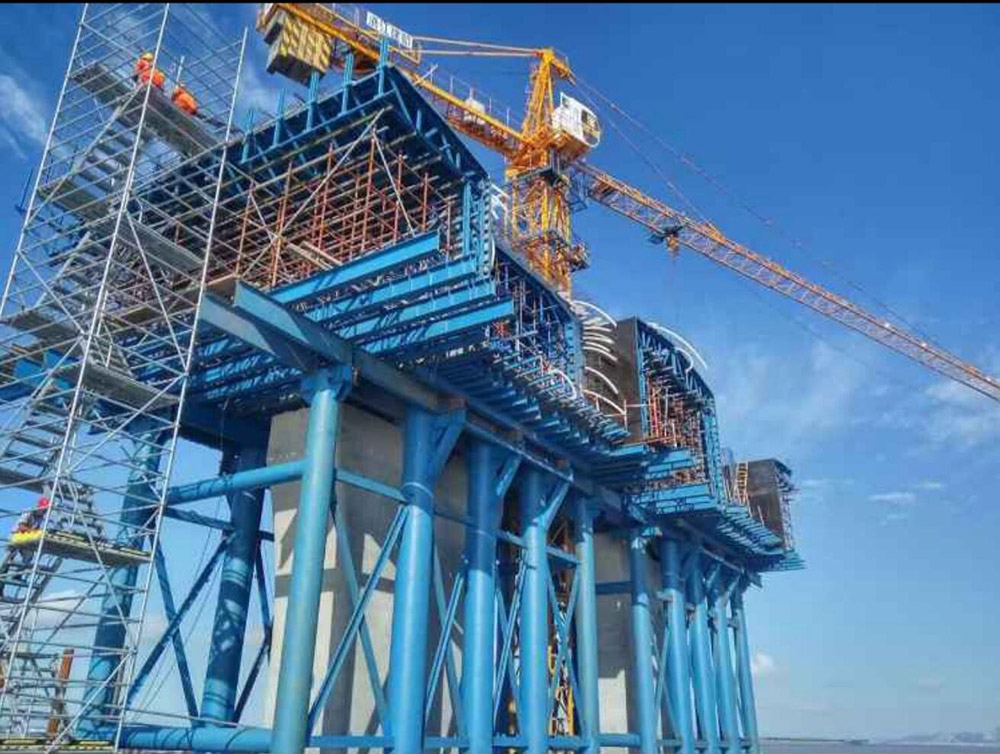1 / 1
Bailey Bridge Systems for Temporary Applications

Product description
Bailey Bridge Systems for Temporary Applications
A Bailey bridge is a type of portable, pre-fabricated, truss bridge. It was developed by the British for military use during the Second World War and saw extensive use by British, Canadian and US military engineering units. A Bailey bridge has the advantages of requiring no special tools or heavy equipment to assemble. The wood and steel bridge elements were small and light enough to be carried in trucks and lifted into place by hand, without the use of a crane. The bridges were strong enough to carry tanks. Bailey bridges continue to be used extensively in civil engineering construction projects and to provide temporary crossings for pedestrian and vehicle traffic.

The success of the Bailey bridge was due to the simplicity of the fabrication and assembly of its modular components, combined with the ability to erect and deploy sections with a minimum of assistance from heavy equipment. Many previous designs for military bridges required cranes to lift the pre-assembled bridge and lower it into place. The Bailey parts were made of standard steel alloys, and were simple enough that parts made at a number of different factories were interchangeable. Each individual part could be carried by a small number of men, enabling army engineers to move more easily and quickly, in preparing the way for troops and matériel advancing behind them.
The modular design allowed engineers to build each bridge to be as long and as strong as needed, doubling or tripling the supportive side panels, or on the roadbed sections. Transoms rest on the lower chord of the panels, and clamps hold them together. Stringers are placed atop the completed structural frame, and wood planking is placed atop the stringers to provide a roadbed. Ribands bolt the planking to the stringers. Later in the war, the wooden planking was covered by steel plates, which were more resistant to damage of tank tracks.
A useful feature of the Bailey bridge is its ability to be launched from one side of a gap.[3] In this system the front-most portion of the bridge is angled up with wedges into a "launching nose" and most of the bridge is left without the roadbed and ribands. The bridge is placed on rollers and simply pushed across the gap, using manpower or a truck or tracked vehicle, at which point the roller is removed (with the help of jacks) and the ribands and roadbed installed, along with any additional panels and transoms that might be needed.
Send your inquiry to this supplier














